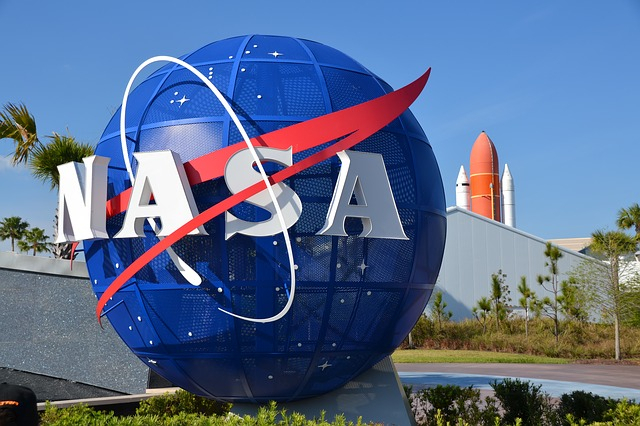While people, including the scientists around the world, are confined to their homes due to the Coronavirus pandemic, NASA's earth-observing satellites continue to orbit and send back images that reveal connections between the global health crisis and the environment.
Hannah Kerner, an assistant research professor at the University of Maryland in College Park, said that "Satellites collect data all the time and don't require us to go out anywhere." She is among those eight researchers who recently awarded a rapid-turnaround project grant, which supports investigators to explore how the Coronavirus lockdown measures impact environment, how the environment can affect, and how the virus is spread.
NASA Project

The newest group of projects includes six that are looking to satellite photographs to help reveal how the lockdown measures—caused by the global pandemic which started in China—are impacting food security, urban surface heat, fire ecology, clouds and global warming, air pollution and precipitation, aquatic ecosystems and water quality.
There are currently two NASA projects which are exploring how the environment could be impacting due to the pandemic, and how the virus is spread by monitoring dust and weather, reported IANS. The Earth Science Division of the space agency manages these projects that find new ways to use earth-observing data to better understand regional-to-global environmental, societal, and economic impacts of the health crisis.
Satellite Data
Kerner said she and her team of researchers are using satellite data and machine learning to map where and which crops are growing. Ben Poulter, a research scientist at NASA's Goddard Space Flight Center in Greenbelt, Maryland, is using the Visible Infrared Imaging Radiometer Suite (VIIRS) on satellite, as well as data from Moderate Resolution Imaging Spectroradiometer (MODIS), to track fires across the country and better understand how COVID-19 social distancing policies, like federal travel restrictions, have affected both prescribed burns on the East Coast and wildfires in the West.
Christopher Potter, a research scientist at NASA's Ames Research Center in California's Silicon Valley has noticed that the number of cars on the roads has reduced in some areas in the U.S. He said "It suddenly got so quiet... There was no traffic anywhere in late March and April."
Gabriele Villarini, a professor at the University of Iowa in Iowa City, and Wei Zhang, a scientist in the same institute, are looking for the connection between reduced air pollution and sharp decreases in precipitation in the western U.S. Villarini said that this project will help them "understand how COVID-19 is impacting the natural environment."
Pablo Méndez-Lázaro, a professor at the University of Puerto Rico in San Juan, and his team are working with epidemiologists, among many specialists, to better understand how African dust impacts public health. He said, "We believe that there could be an exacerbation of COVID-19 patients in the Caribbean during African dust events."
(With inputs from agency)









